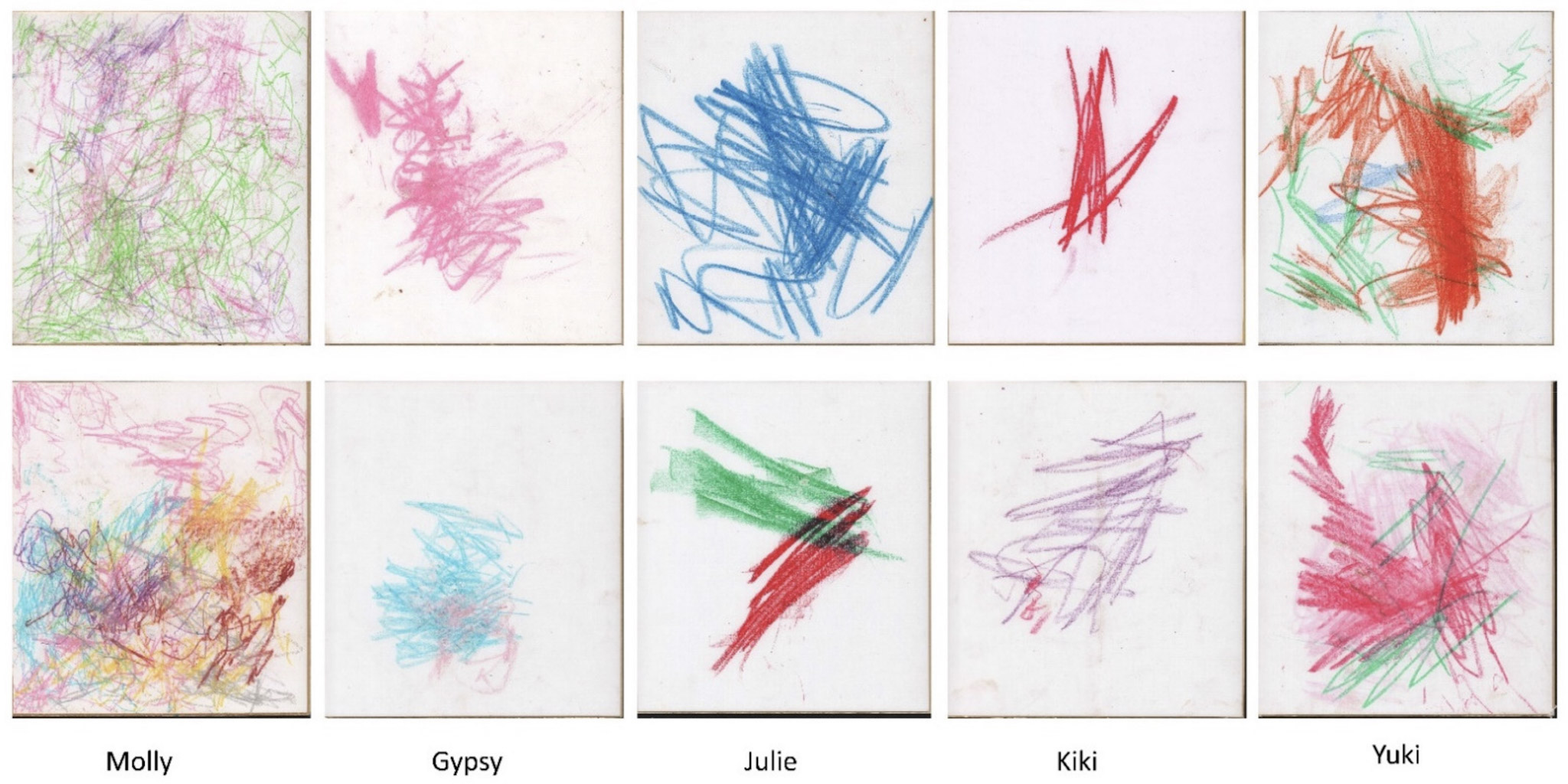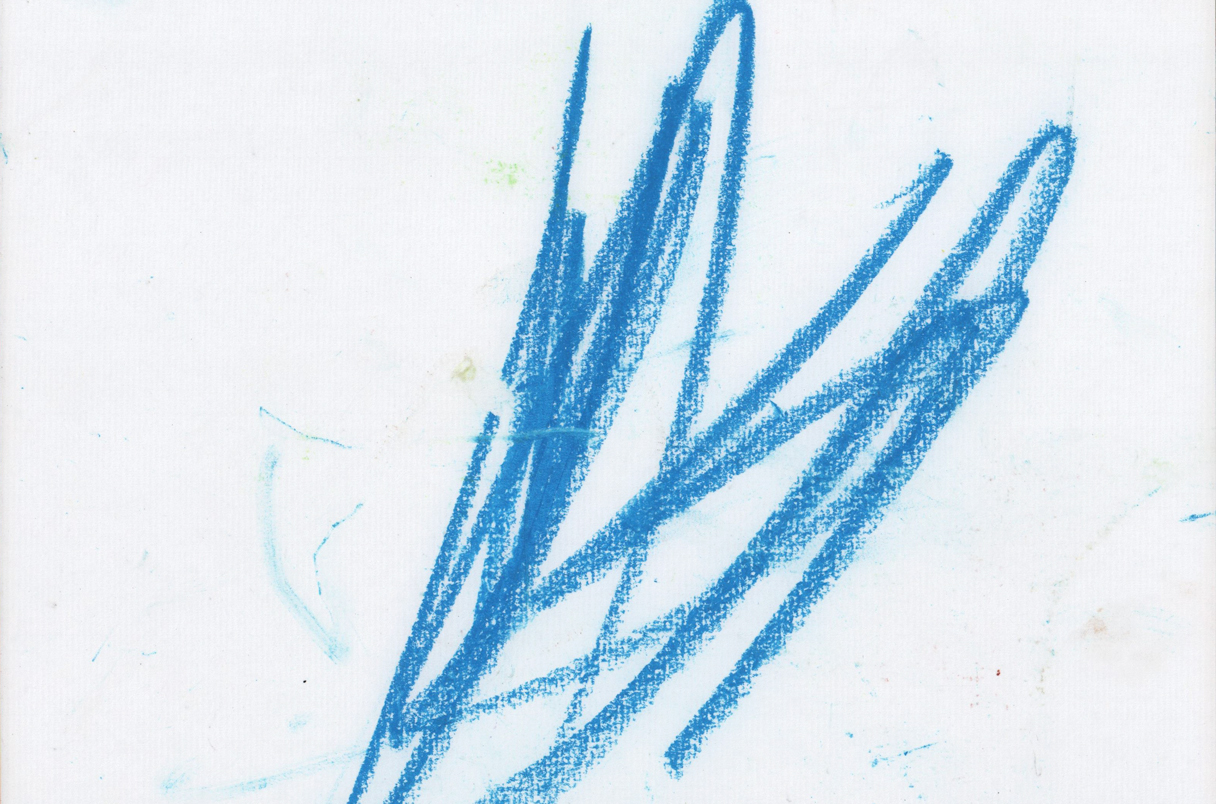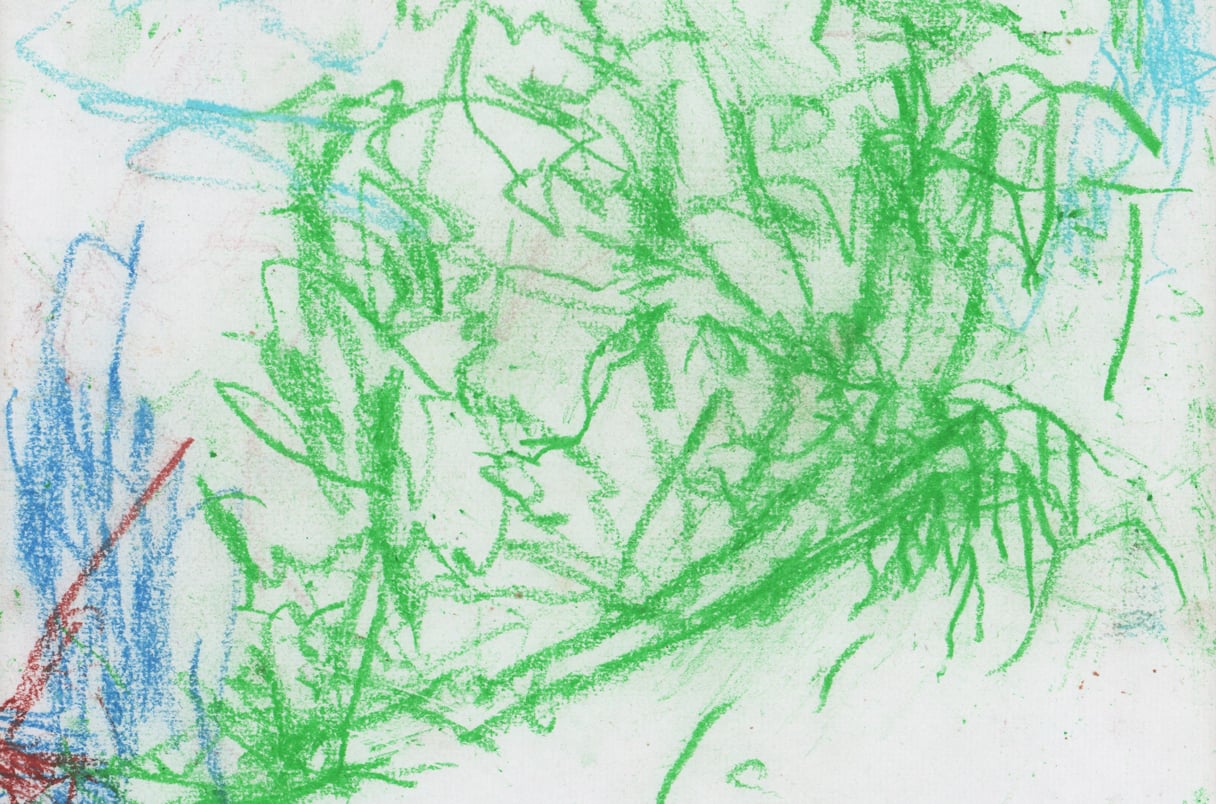
To a casual observer, the artwork in the image above may appear to be the scribbles of a toddler or — as is the case here — orangutans. However, a new study by French scientists has found that the seemingly random patterns showcase the primate artists' distinct style and ability, and possibly even state of mind.
Cédric Sueur, a primatologist at the University Institute of France, thought about taking a closer look at artwork done by the great apes after noticing his young daughter doodling "as if it had meaning." For their study, the team decided to focus on orangutans, with whom we share 97 percent of DNA. They reached out to Japan's Tama Zoological Park, whose resident orangutans are encouraged to draw as part of their enrichment activities.

The team received 1,400 crayon masterpieces created by five orangutans between 2006 and 2016. A majority — 1,299 — were done by Molly, a Bornean orangutan who took up art at the age of 54. However, the great ape, who died in 2011, made up for the late start by completing over 1,500 drawings in just five years. Molly's keeper's records showed that she "took time to draw," Sueur says. "The others would finish their compositions very quickly, but she would work on hers for an hour or more at a time."
The 793 artworks selected for the study comprised similar basic motifs, described by the researchers as loops, circles, and "fan patterns." However, there were significant differences in the styles. For example, Molly pressed less on the crayons and used a greater variety of strokes than the other orangutans. Meanwhile, Kiki, a 10-year-old great ape, seemed to prefer a minimalist color palette and pressed harder on the crayons to draw.

A separate analysis of just Molly's drawings revealed other interesting insights. The team noticed that her drawings appeared to reflect her day's experience. For example, the artwork created after a visit from a group of elementary school children was more vibrant and complex than the ones she did on the previous two days. Sueur and his team speculate the visit may have motivated Molly to draw more profusely. The primate also seemed to prefer using purple crayons in spring and green crayons during summer and winter.
The researchers, who published their findings in the journal Animals on November 9, 2021, attribute the differences in the paintings to personality and even different cognitive abilities. They hope that the orangutan drawings — which resemble those of young children — may provide clues into the evolution of human art.
Resources: mdpi.com,.bbc.co.uk,tuftsdaily.com, science.org
